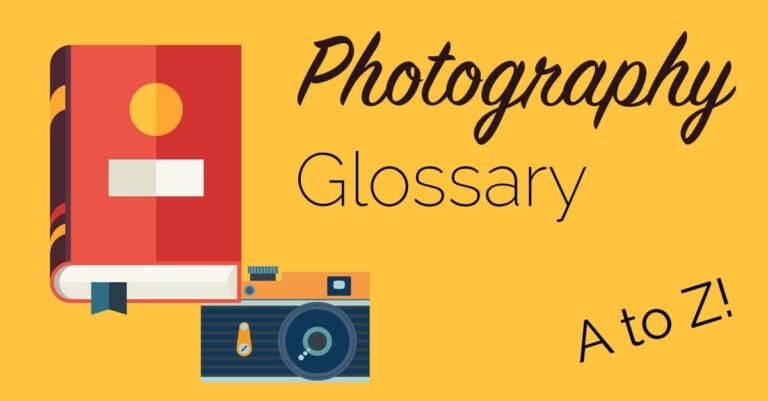Multi-Pattern Metering
What Is Multi-Pattern Metering and What Is It Used for When Taking Photographs? ‘Multi-pattern metering’ refers to a metering mode selectable on a camera which is designed to meter a scene accurately in challenging lighting situations. Multi-pattern metering reads light levels in multiple areas or ‘zones’ within a scene and compares the results to calculate exposure settings that will produce the clearest exposure of in focus areas. Multi-pattern metering is particularly useful in challenging lighting situations, for example backlit subjects. In this situation multi-pattern metering can ‘sense’ the difference in light between the subject and background and compensate for a …

